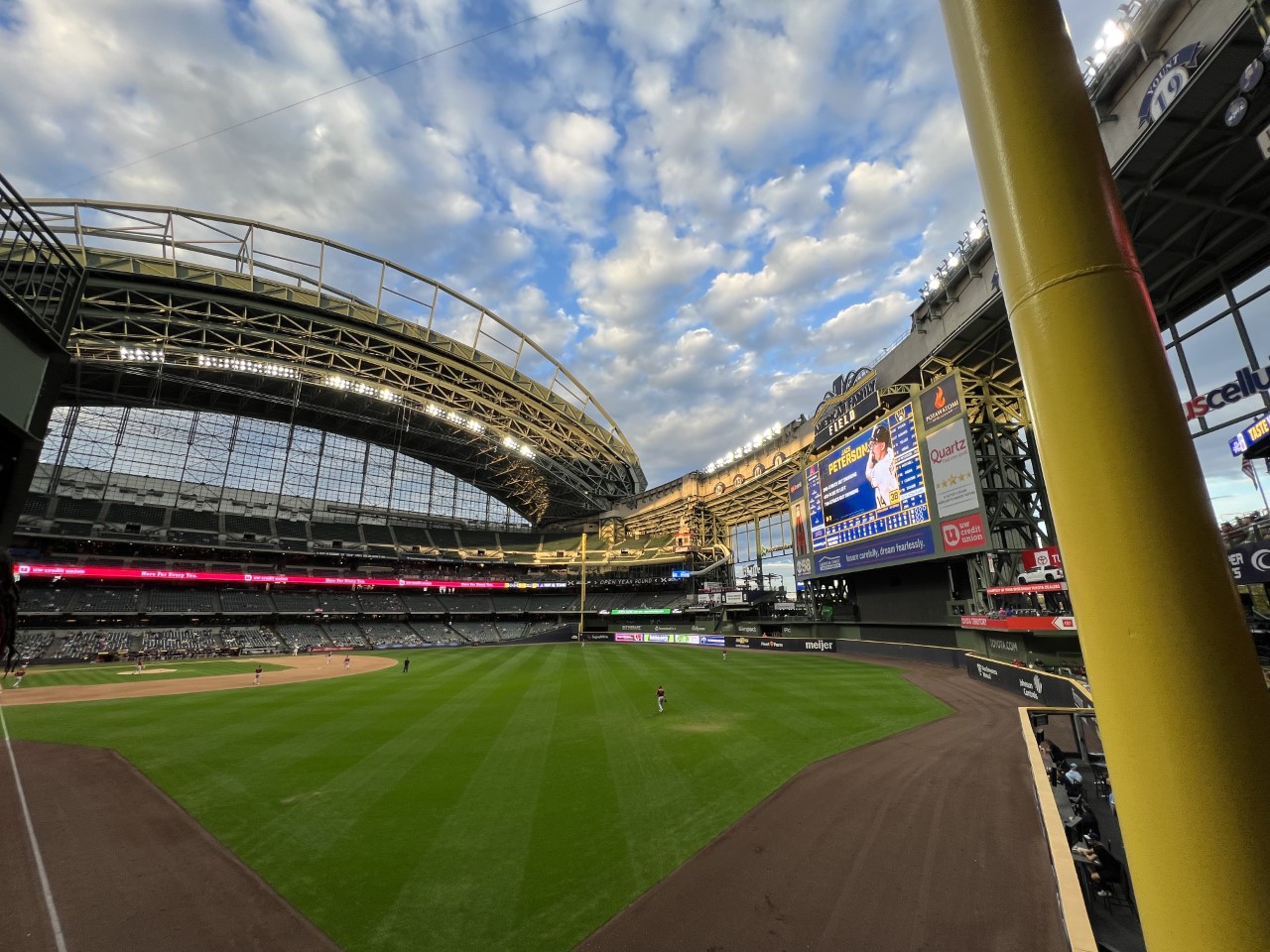
- Select a language for the TTS:
- UK English Female
- UK English Male
- US English Female
- US English Male
- Australian Female
- Australian Male
- Language selected: (auto detect) - EN
Play all audios:
SOCIAL DISTANCING PROTECTS HIGH-RISK INDIVIDUALS Most people who get COVID-19, the illness caused by the new coronavirus, experience mild to moderate symptoms, including fever, cough and
shortness of breath, experts say. But for some people, the disease can be far worse. And early data show that older adults and individuals with underlying health conditions — such as
diabetes, heart disease and lung disease — are more likely to experience severe illness, even death. Staying home as much as possible and avoiding crowded spaces — even if you are young,
healthy and symptom-free — helps reduce the risk of infection in the high-risk population. “Often before people even know they’re sick, they could spread the virus. And that’s probably why
we’ve seen such rapid spread around the world,” Schuchat says. In essence: Keeping your distance from others helps keep others healthy. “And we’re focusing quite a bit on protecting the
vulnerable,” Schuchat adds. WHAT DOES SOCIAL DISTANCING LOOK LIKE? The White House is urging all Americans to stay home as much as possible and to avoid groups of more than 10 people at
least through April, and states and cities across the country have issued their own directives to keep residents home. If you need to go to the store, go first thing in the morning when it’s
less likely to be crowded, Schuchat says. And try to keep a safe distance from other shoppers. Nursing homes have also barred visitors and nonessential employees during the coronavirus
outbreak. Officials are encouraging family and friends to check in with loved ones with a phone call or video chat instead. “And certainly check on your neighbors who may be keeping
themselves at home” to reduce their risk of infection, Schuchat says. If you are healthy, ask “if they need any help with shopping, with groceries, with filling their prescriptions —
anything like that,” she adds. Jodi Jacobson/Getty Images MORE ON CORONAVIRUS HOW DO YOU KNOW WHEN TO PRACTICE SOCIAL DISTANCING? The government is urging all Americans to practice social
distancing to slow the spread of the illness, but what that looks like may depend on where you live. The situation in New York City, for example, may be different than things in Nebraska.
“We have a pretty diverse country,” Schuchat says. “This virus is new and we’re still learning about it, and we’re trying to apply the best information possible every single day to protect
Americans. It’s a changing situation, so stay informed. Keep up with the news, especially in your local area.” _Editor's note: This story was originally published on March 13, 2020.
It's been updated to reflect recent social distancing recommendations._ How Social or Physical Distancing Helps Everyone








